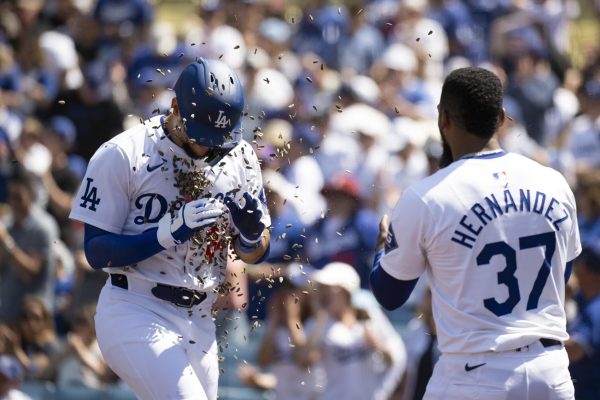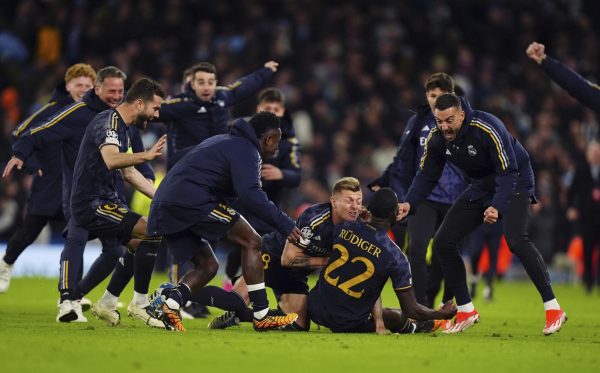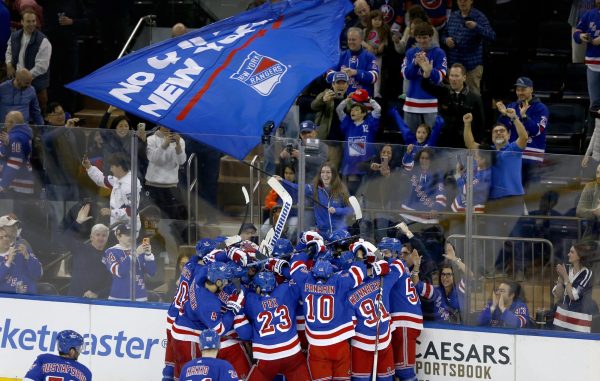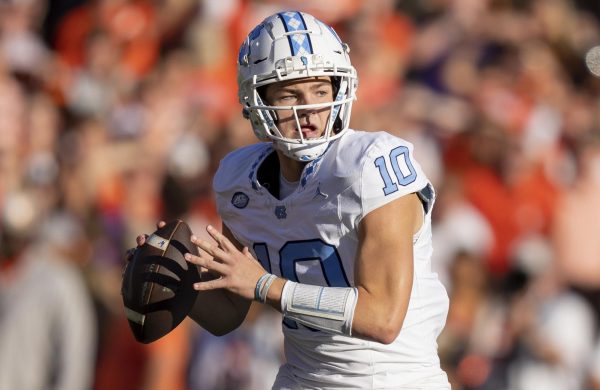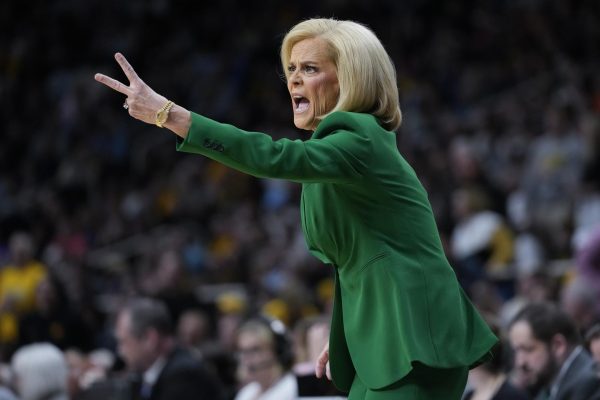Mets Meltdown
When trying to figure out where my case of apathy for baseball in recent years has come from I really have to sit down and think. Then I realize that, as a Mets fan, I cannot pinpoint a certain event but have to analyze a string of complete disasters.
Perhaps I should start with 2006. Carlos Beltran approaches the plate in game seven of the 2006 NLCS. The Mets have mounted a tremendous comeback to possibly knock the Cardinals out and advance to the World Series for the first time since the 2000 Subway Series. Endy Chavez managed to make one of the most spectacular homerun robberies of all time to keep the Mets in the game when it was 1-1. With a chance to save the day and the Mets down 3-1 with the bases loaded, Beltran gets frozen by an Adam Wainright curveball. He literally does not swing his bat. In a Malcolm Gladwell-esque analysis, I would have to say that this would be the tipping point for the New York Mets. The Mets followed this season with the historic Meltdown of 2007. With a seven-game lead in the division on September 12, the Mets managed to drop 12 of their last 17 games and miss the postseason. Mets fans around the world (or at least Queens, Long Island and Northern New Jersey) had to actually pause and ask themselves if what they had just witnessed actually happened. Then came the unthinkable. I would have believed that a comet was about to destroy the world before I would have believed that the Mets would collapse in the same fashion for a second consecutive season. No one could have prepared themselves for what was about to happen in 2008.
With a 3.5 game lead in the NL East heading into September, the Mets failed to even get a Wild Card bid. The irrelevant Marlins hit back-to-back homeruns in the eighth inning to prevent the Mets (89-73) from entering the playoffs by one game and allowing the Pillsbury dough boy that is Prince Fielder to rally his Milwaukee Brewers into the first round with a 90-72 record.
While the Mets proved their utter incompetence on the field, ownership wanted to prove their own failure on their very own to demonstrate that their efforts could rival and even surpass this level of ineptitude. In this ceaseless battle of the idiots, the Mets front office managed to outperform the seemingly flawless plan that management had of signing every single free-agent star regardless of age or previous injuries as well as hiring anyone born in the Dominican Republic. Omar Minaya relentlessly reminded us that every single one of his prospects could be the next Jose Reyes. Needless to say, Minaya is now unemployed.
Then the front office made one key acquisition that sealed the victory in the battle of the halfwits: Bernie Madoff. The Mets owners and chief executives, Fred Wilpon, Saul Katz and Jeff Wilpon are on the receiving end of a suit from the trustee of the victims of Madoff for over $1 billion. The suit claims that the Mets used $300 million as “fictitious profits.” The Mets withdrew over $90 million from over 100 accounts they opened with Madoff to fund day-to-day operations. You mean to tell me that the Mets did not make enough money off of the $869 that they charged for each worthless seat in Shea before demolishing it? Perhaps the reliance on the creation of sushi bars to increase revenue and attendance at Mets game was also part of Wilpon’s brilliance that I’m missing.
The Madoff suit was actually comical to me until the actual repercussions of the suit were stated. Should the Mets be found liable for all of the allegations, the organization will lose one billion dollars which is looking very likely. As a result of this calamity, the Mets may lose Jose Reyes to free-agency at the end of the season. Now fans can have mixed opinions on Jose Reyes for his persona, injuries and overall inability to live up to the promise he demonstrated as a dynamic 18-year-old. However, what I find completely incomprehensible is the fact that the Mets, the team with the third-highest payroll in the MLB, may not be financially able to sign Reyes if a bidding war ensues. Perhaps the only benefit of this situation is that the Wilpons will have to sell 20 to 25 percent stakes in the organization to fund the cost of liabilities incurred. Now, when reflecting on why the prized off-season signings of the Mets this year were two pitchers recovering from Tommy John surgery, the conservative fiscal approach makes sense.
The good news of this fiasco is that the Mets have hit rock bottom. Go to a Mets game so you can personally witness people wearing gear from 1986 right along with guys wearing David Wright jerseys. The fact that Mets fans consider clothing from 1986 contemporary clothing whereas every other team in sports would consider it a throwback is rather depressing. Part of being a sports fan is sticking by your team through thick and thin and I intend on doing so. You’ll still find me at Citi Field this season; I’ll be the guy sitting between an overweight Italian guy from Long Island wearing a Mike Piazza jersey and a balding, middle-aged man from Queens in a Lenny Dykstra commemorative t-shirt.


